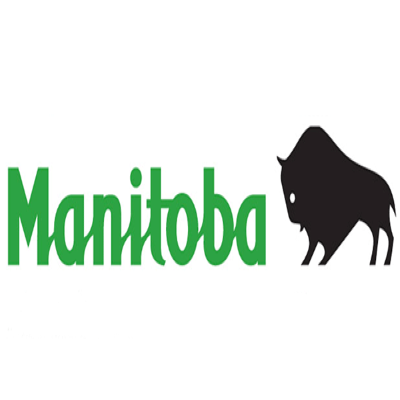canada
Type of resources
Available actions
Topics
Keywords
Contact for the resource
Provided by
Years
Formats
Representation types
Update frequencies
status
Service types
-
RDCK Overview map service
-

Canadas Managed Forests 2020 Vector Tile Layer
-
Population density in Canada based on the 2006 and 2011 census data at three levels of geography: census division (CD) (1:5,000,001 and over), census sub-division (CSD) (1:5,000,000 to 1:288,897) and dissemination areas (DA) (1:288,897 and under). Population density is the number of people per square kilometer. Population density change measures the rate of change calculated by the difference in total population density values for each area between 2006 and 2011, divided by the total population density of 2006. The CD and CSD boundaries are based on 2011 data. The 2006 population figures have been adjusted accordingly. The DA boundaries are based on 2006 data. All areas with no data are indicated with a value of -999.
-

Polygon feature layer of Manitoba's economic regions This feature layer depicts the boundaries of economic regions in Manitoba. There are eight regions in Manitoba, defined by Statistics Canada. Fields included [Alias (Field Name): Field description] Economic Region (Economic_Region): The name of the economic region For more information, see Regional Economic Profiles on the Manitoba government website.FF
-

Canadas Managed Forests 2017 Albers Equal Area Canada's Managed Forests 2017 Albers Equal Area
-

The Yukon Territory is underlain by a great variety of rock types ranging in age from Early Proterozoic to Recent and representing diverse environments including epicratonic basins, subsiding shelves, foreland basins, island arcs and deep ocean basins. Episodes of compressional and extensional deformation, transcurrent faulting, metamorphism and plutonism further complicate the map pattern. This complex geological record has been described in terms of the interactions of several terranes (large parts of the earth's crust which preserve a common geological record) with each other and with the margin of ancestral North America. Distributed from [GeoYukon](https://yukon.ca/geoyukon) by the [Government of Yukon](https://yukon.ca/maps) . Discover more digital map data and interactive maps from Yukon's digital map data collection. For more information: [geomatics.help@yukon.ca](mailto:geomatics.help@yukon.ca)
-

Yukon Oil and Gas Exploration Regions. Based on the Resource Assessments completed and the 2003 Yukon Digital Bedrock Geology. Created by Oil and Gas Management Branch under guidance from Yukon Geological Survey. Distributed from [GeoYukon](https://yukon.ca/geoyukon) by the [Government of Yukon](https://yukon.ca/maps) . Discover more digital map data and interactive maps from Yukon's digital map data collection. For more information: [geomatics.help@yukon.ca](mailto:geomatics.help@yukon.ca)
-

This is the Grid Section portion of the Oil and Gas Land Division System. This is a grid system consisting of three sections, Area, Section and Unit used to describe Yukon Oil and Gas Dispositions, Leases and Licences. Every Grid Area shall be divided into sections. Grid Areas between 60 degrees and 68 degrees north shall be divided at intervals of 1/8 between the east and west boundaries. Grid Areas between 68 degrees and 70 degrees north shall be divided at intervals of 1/6. The north/south boundaries shall be divided at intervals of 1/10. Each section shall be numbered. Numbering starts with 1 in the southeast corner and moves north along the east edge to 10. The second row is numbered starting in the south again with 11 and goes north to 20. All other rows are number successively in the same manner. Distributed from [GeoYukon](https://yukon.ca/geoyukon) by the [Government of Yukon](https://yukon.ca/maps) . Discover more digital map data and interactive maps from Yukon's digital map data collection. For more information: [geomatics.help@yukon.ca](mailto:geomatics.help@yukon.ca)
-

Yukon high resolution satellite imagery is distributed from the Government of Yukon imagery repository. This is a dynamic service containing satellite imagery for locations in the Yukon, Canada. This data is hosted in Yukon Albers equal area projection. It can be viewed and queried in the GeoYukon application: [https://mapservices.gov.yk.ca/GeoYukon](https://mapservices.gov.yk.ca/GeoYukon). For more information contact geomatics.help@yukon.ca.
-

Web app showing locations of Manitoba Agri-product businesses that offer bioproducts and/or services. This application shows the geographical locations of Manitoba Agri-product businesses that offer bioproducts and/or services. This list is not inclusive nor an endorsement for services. For more information, visit Manitoba Agriculture. Contact Manitoba Agriculture at mbagrifood@gov.mb.ca to have your business added to the listing. This app uses the Bioproduct and Service Finder Data feature layer and the Bioproduct and Service Finder Map.
 Arctic SDI catalogue
Arctic SDI catalogue